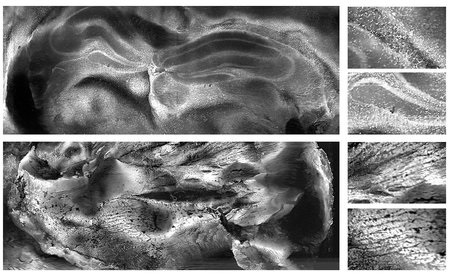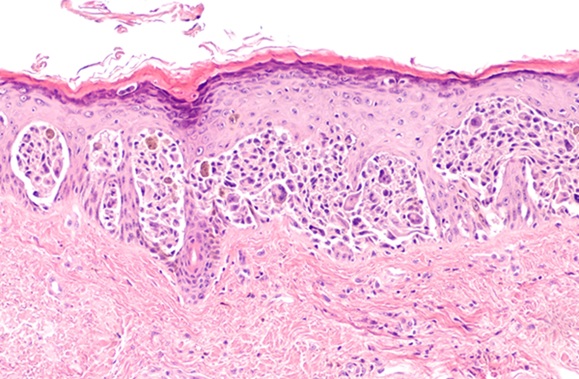New Microscopy Technique Enables Rapid Tumor Analysis by Surgeons in OR
Posted on 19 Dec 2024
The current standard method for quickly sampling and imaging tissue during surgery involves taking a biopsy, freezing the sample, staining it to enhance visibility, and slicing it into thin sections that are then mounted on glass slides. An optical microscope is then used to examine the tissue in detail. If tumor cells are found on the surface of the tissue sample, it indicates that the surgeon has cut through, rather than around, the tumor, leaving some of the tumor behind, which may require follow-up surgery to remove more tissue. However, frozen section pathology faces issues such as tissue artifacts and reduced staining quality, which can affect diagnostic accuracy and surgical decisions. A new imaging technology now offers a faster and more cost-effective way for surgeons to image tissue samples during surgery to determine whether the entire tumor has been removed or if more tissue needs to be excised.
Bioengineers at the California Institute of Technology (Caltech, Pasadena, CA, USA) have introduced a new imaging technique called parallel ultraviolet photoacoustic microscopy (PUV–PAM), detailed in a study published in Science Advances. This method is based on photoacoustic microscopy (PAM), a technique that excites tissue samples with a low-energy laser, causing the tissue to vibrate. The system detects the ultrasonic waves emitted by the vibrating tissue. Since cell nuclei absorb more light than the surrounding material, PAM can reveal the size and distribution of nuclei and the packing density of cells. Cancerous tissue typically has larger nuclei and more densely packed cells. The research team has previously developed PAM systems for imaging bone and breast tissue, but to make these systems suitable for use in the operating room, they needed to overcome the limitations of the ultraviolet lasers used, which previously restricted the imaging speed.

To address this issue, the researchers divided a single laser beam into eight smaller, parallel laser "spots," allowing the system to cover the tissue sample more quickly. Additionally, PUV-PAM combines two scanning techniques to achieve faster imaging of slide-free tissues. These innovations make the technique approximately 40 times faster than the previous state-of-the-art methods developed by the team. The new PUV–PAM technique can eliminate the need to freeze, section, or stain tissue samples. Even thick samples with irregular surfaces, which are typically too thick for traditional microscopy, can be directly imaged. This method could enable oncologists to analyze biopsy samples during surgery, allowing them to remove additional tissue if necessary, potentially eliminating the need for follow-up surgeries.
"We hope this new imaging system can provide more opportunities for intraoperative pathological examination of slide-free specimens in oncology surgeries. We believe it has the potential to revolutionize intraoperative histology," says Rui Cao, lead author of the new paper. "With the current system, we can image a 1 cm2 sample at 1.3 micron resolution within about five minutes. And we demonstrate in the paper that this technique is effective in a variety of tissue types."






 assay.jpg)








